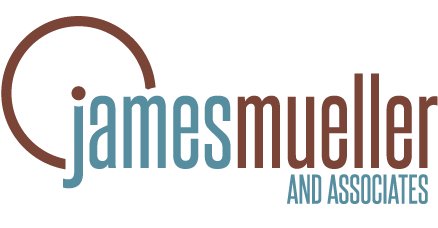Does Your Leadership Approach Complete the Good to Great Equation?
Getting the right people on the bus is a well-known concept developed by Good to Great author Jim Collins. Leaders who build great organizations make sure they have the right people on the bus in the key seats before they figure out where to drive the bus. They always think first about who and then about what,” says Collins.
When I first met Peter Haydock, he had made the transition from National Geographic to the Smithsonian—where, among other responsibilities, he served on the leadership team for the Science Education Center. My firm had been hired to guide and facilitate their strategic planning process. During the course of our engagement, Peter was promoted to interim executive director.
The Smithsonian Science Education Center’s leadership team was composed of people with extraordinary talent and credentials. So they definitely had the “who,” but our challenge, under Peter’s leadership, was to determine the “what.” Our aim was to build a strategy that would unite the capable team of individuals and other stakeholders around a common goal throughout the Smithsonian.
While it was clear that everyone was talented, the dynamics within this large, complex institution made it challenging to articulate a collective purpose. This limited their ability to collaborate proactively both within the Center and with other institutional stakeholders—much less identify their core priorities. Peter inherited a center that was on the cutting edge of science curriculum development and pedagogy yet lacked a unified front. And it wasn’t winning the confidence of the Center’s board of advisors.
When Peter took the helm, the leadership team blossomed. They knew they needed help with designing their strategy and direction, which meant crafting and asking them the right questions. Naturally, these questions led to facilitating exploratory discussions that got the team thinking on the same page, visualizing interdependence to create efficiencies, and creating a vision that could transport their cohesive energy toward the same destination.
“Jim, you helped us articulate what we knew but couldn’t say. Thanks to the countless aha moments you revealed, we became more efficient and channeled our energies,” said Peter. Together, we defined their mission statement, devised a plan to keep the board informed of the Center’s direction, and opened the lines of intentional communication throughout the Smithsonian.
As Peter, his team, and I developed the road map and shared language, the team identified opportunities to leverage each other’s strengths within the Center and across the Smithsonian, rather than protect their own domains. Phrases like “my division” and “my products” gave way to “our resources” and “our messaging.”
An entrepreneur at heart, Peter founded a nonprofit, Gearbox Labs, that is focused on fostering the next generation of STEAM professionals. He told me that he still uses the principles that I employed at the Smithsonian Science Education Center—a wonderful testament to the importance of our efforts to complete the Good to Great equation.
If you’re like Peter and have all the right people on your team but you need to clarify your strategy for the collective journey, I’d love to hear from you. Let’s connect.

